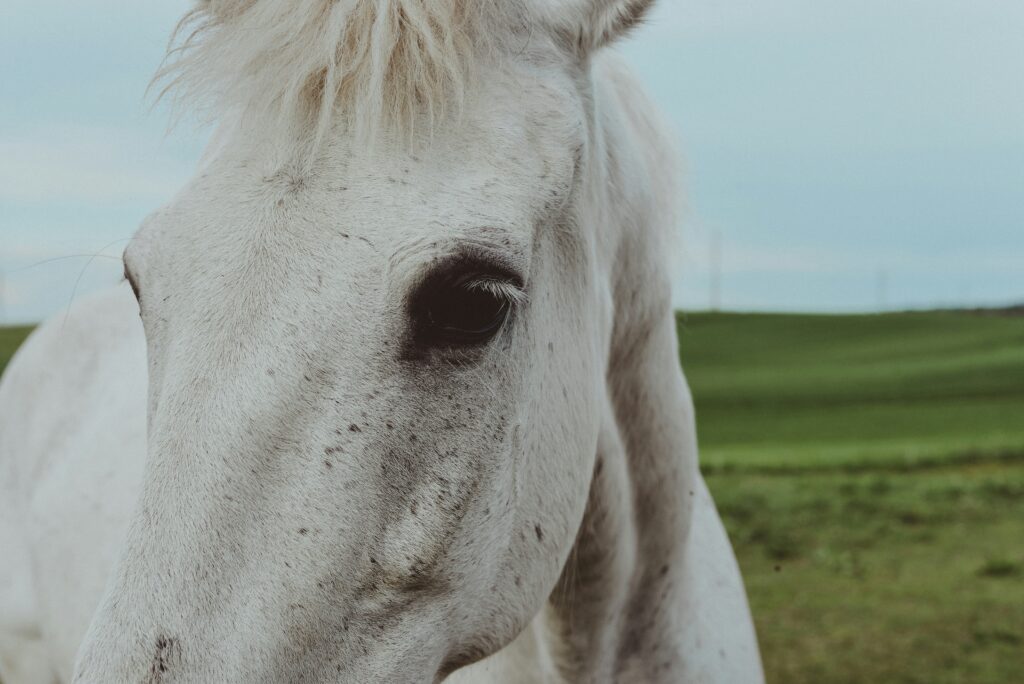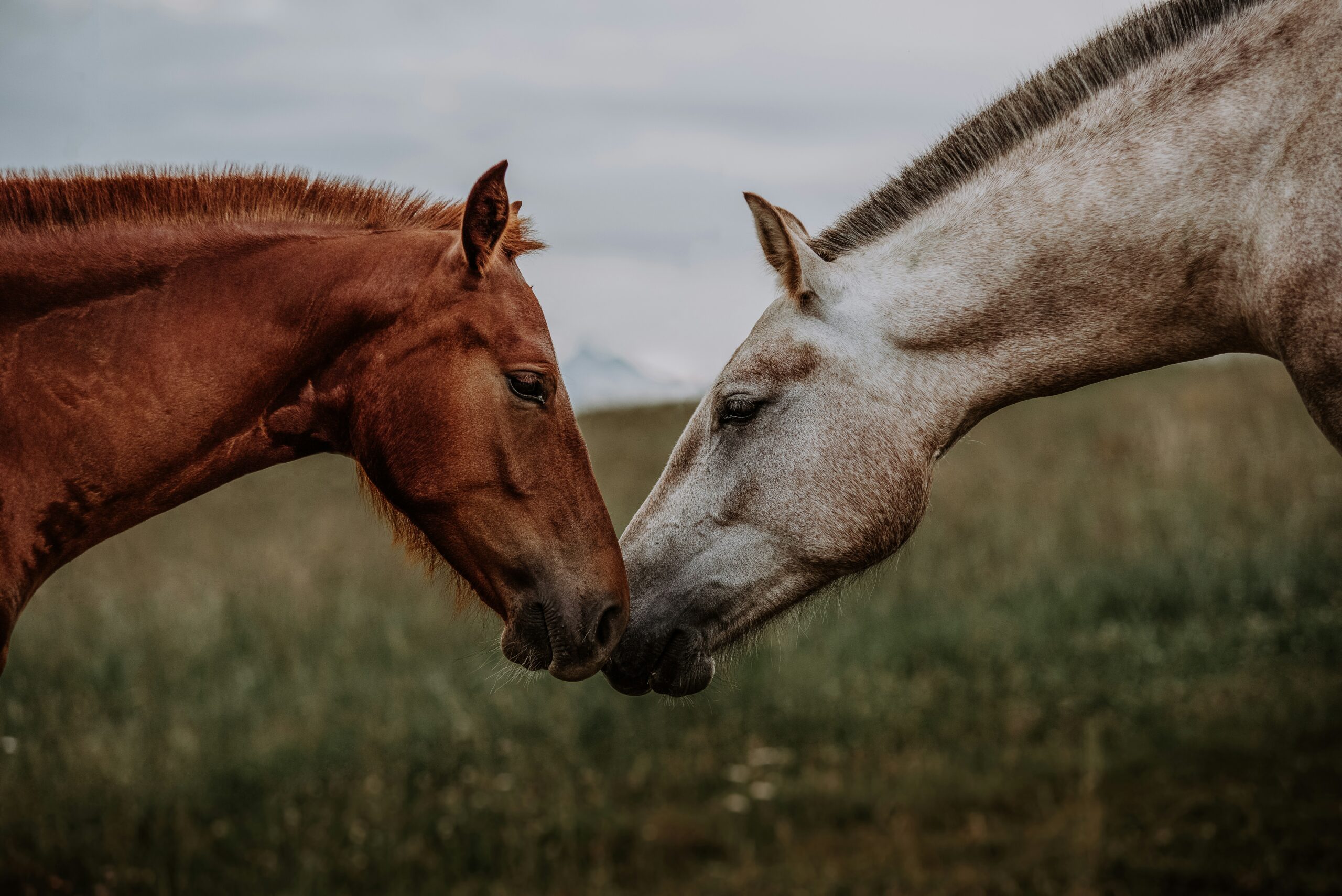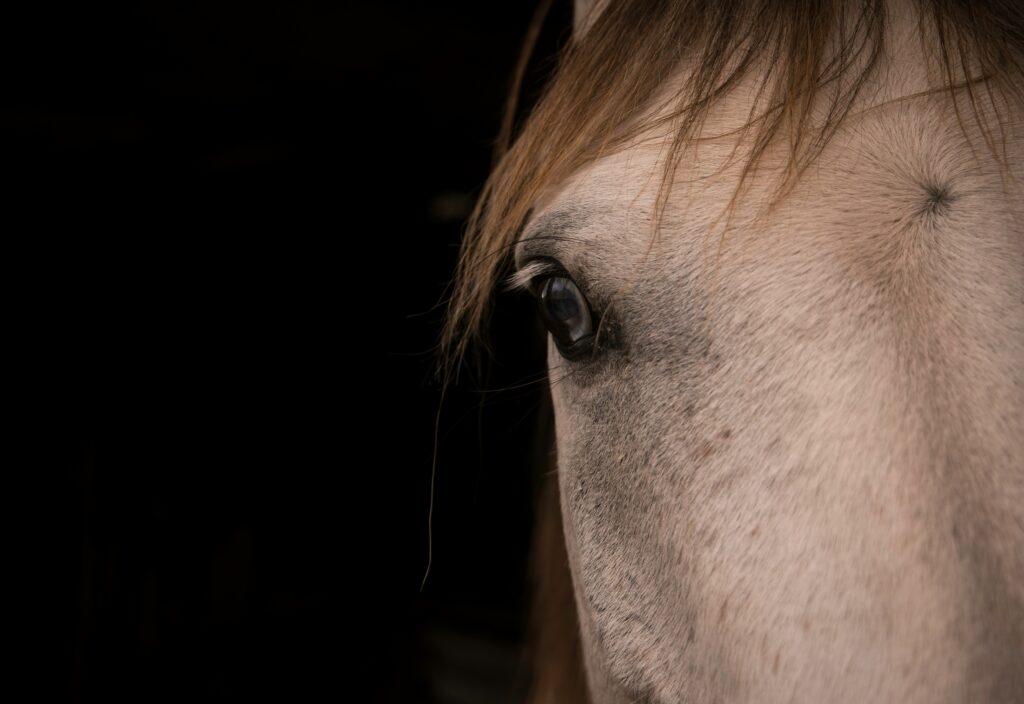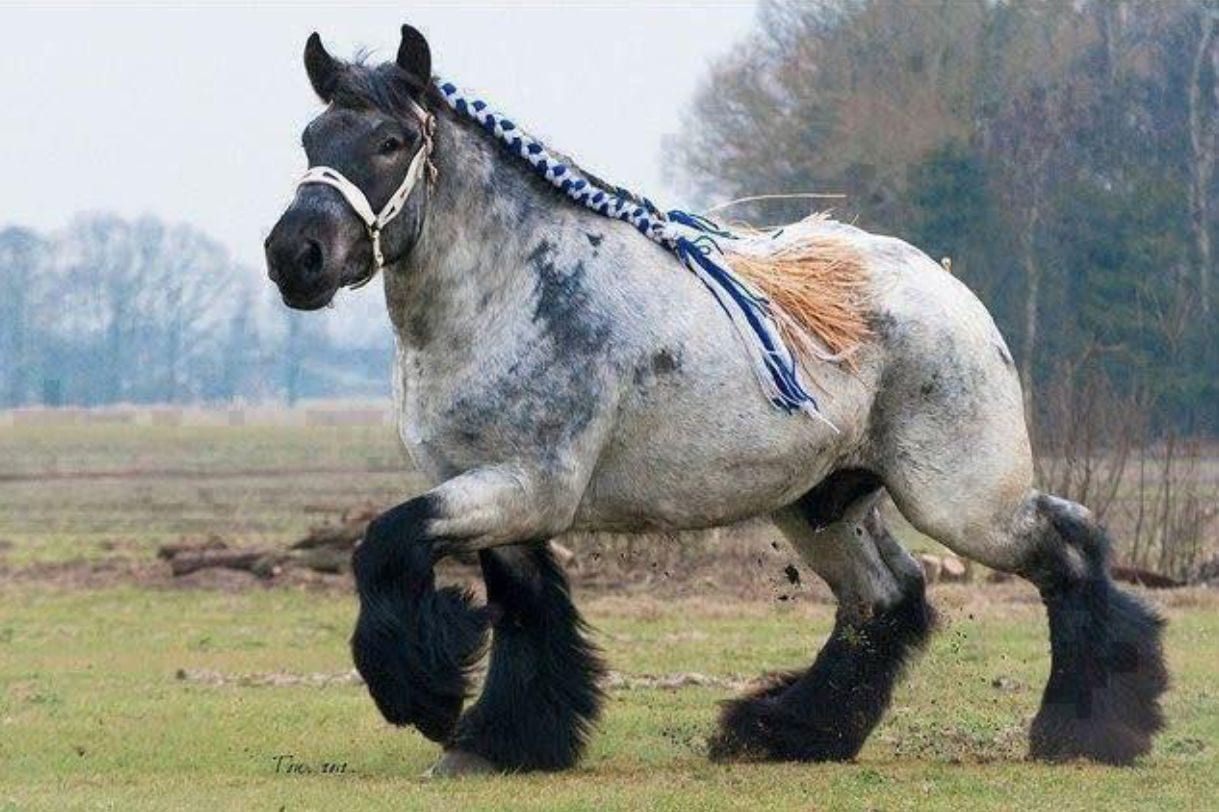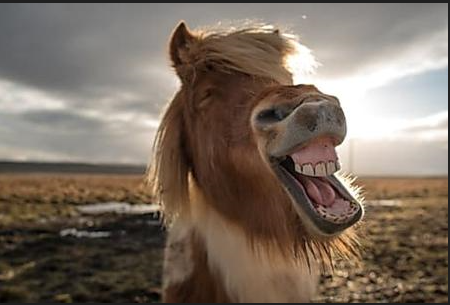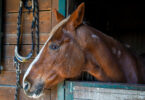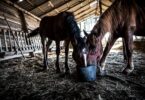Why Horses Matter
Horses are majestic animals that have shaped civilizations, carried warriors into battle, worked tirelessly on farms, and continue to inspire admiration as partners in sport, leisure, and therapy. Few creatures have had such a lasting impact on human culture. Unlike many other domesticated animals that were limited to food production or companionship, horses became engines of progress, enabling travel, trade, exploration, and conquest. The deep bond between humans and horses is more than practical—it is emotional and symbolic, and this connection explains why horses remain iconic across time.
The History of Horses
Evolution of Horses
The story of horses stretches back some 55 million years, beginning with Eohippus, also known as the “dawn horse.” Unlike the powerful animals we know today, this small creature was only the size of a fox and lived in forests. It had multiple toes, which were suited to soft, marshy ground. Over millions of years, as climates shifted and open grasslands spread across continents, these early ancestors evolved to favor speed and endurance. They grew taller, stronger, and their toes gradually fused into a single hoof, the specialized structure that allowed the genus Equus to flourish. By the Ice Age, horses had spread widely across Eurasia and North America, but they mysteriously disappeared from the Americas around 10,000 years ago, only to be reintroduced by European explorers thousands of years later.
Domestication and Early Civilizations
The domestication of horses, around 3500 BCE in Central Asia, is one of the most important milestones in human history. Archaeological evidence from the Botai culture in Kazakhstan shows early horse herding, milk use, and eventually riding. Once domesticated, horses became central to warfare, agriculture, and social status. In Mesopotamia, horses pulled chariots that revolutionized battle strategies. The Egyptians adopted horses as symbols of prestige, often shown in grand reliefs with pharaohs. The Romans bred powerful warhorses for their legions, while in medieval Europe, knights relied on destriers (strong warhorses) to carry them into battle clad in heavy armor. Draft horses, on the other hand, transformed farming by plowing vast lands more efficiently than oxen, allowing populations to grow and economies to expand.
Horses in Exploration
Horses were not just warriors’ companions—they were also explorers’ partners. When Spanish conquistadors brought horses back to the Americas in the 16th century, it transformed entire cultures. Native American tribes such as the Comanche and Lakota adopted the horse with remarkable speed, reshaping hunting, warfare, and mobility. The emergence of the wild Mustang, descended from these Spanish horses, became a symbol of freedom and resilience in the American West. Horses carried settlers across frontiers, delivered mail via the Pony Express, and served as vital partners in the story of exploration and colonization.
Popular Horse Breeds
Arabian Horse
Among the oldest and most influential breeds in the world, the Arabian horse originated in the deserts of the Middle East. Known for their endurance, intelligence, and distinctive concave face, Arabians contributed their bloodlines to countless modern breeds. Their stamina made them ideal for long-distance travel, while their beauty made them symbols of nobility and pride.
Thoroughbred
The Thoroughbred, developed in England in the 17th and 18th centuries, is synonymous with speed and athleticism. Bred primarily for racing, these horses are tall, lean, and fiery. They dominate racetracks worldwide but are also versatile, excelling in show jumping, dressage, and eventing. Their competitive spirit makes them favorites among equestrians but also requires experienced handling.
Clydesdale and Shire Horses
In the realm of draft horses, Clydesdales from Scotland and Shires from England stand out as gentle giants. Known for their immense strength and feathered legs, these breeds once pulled plows, wagons, and even brewery carts. Today, they are celebrated in parades and heritage events, embodying a nostalgic connection to the working horse era. Shires, in particular, are recognized as the largest horse breed, with some standing over 19 hands high and weighing more than a ton, yet retaining a calm and docile temperament.
Andalusian and Hanoverian
Warm-blooded breeds such as the Andalusian from Spain and the Hanoverian from Germany highlight the elegance and versatility of horses. Andalusians are powerful yet graceful, historically favored by kings and warriors for their agility in battle and beauty in ceremonies. Hanoverians, developed in the 18th century, are among the most successful sport horses, excelling in Olympic disciplines like dressage, jumping, and eventing thanks to their balanced conformation and trainability.
Ponies and Miniature Horses
Not all equines are towering giants. The Shetland Pony, small but hardy, was once used in coal mines and on farms, and is now beloved as a children’s pony. The Falabella, one of the smallest breeds in the world, measures less than 34 inches in height. Though too small to ride, Falabellas are prized as companion animals and living curiosities.
Horse Anatomy and Life Cycle
Physical Traits
Horses vary greatly in size, from small ponies under 14 hands (a hand equals 4 inches) to massive draft horses exceeding 18 hands and weighing over 1,000 kilograms. Their coats come in a spectrum of colors: bay, chestnut, black, gray, palomino, and patterned variations such as Pinto or Appaloosa. Each horse has unique markings—stars, blazes, socks—that help identify them individually.
Life Cycle
Foals (baby horses) can stand within hours of birth, a crucial survival trait in the wild. They grow rapidly, reaching maturity around 4–5 years. Horses can live 25–30 years, with some reaching 40 with excellent care. Key life stages include mares (adult females), stallions (adult males used for breeding), and geldings (castrated males often favored for riding due to calmer temperaments).
Horse Care and Management
Feeding and Nutrition
Horses are grazing animals designed to eat small amounts throughout the day. Their diet is primarily forage—grass or hay—supplemented by grains, minerals, and vitamins for working or sport horses. A typical horse drinks 20–30 liters of water daily, and hydration is critical for health. Poor diet can lead to conditions such as colic or laminitis, making nutrition a cornerstone of management.
Grooming and Hoof Care
Regular grooming not only keeps a horse’s coat shiny but also promotes circulation and builds trust between horse and handler. Hoof care is especially vital: the adage “no hoof, no horse” reflects how critical strong hooves are for mobility. Farriers trim and shoe horses regularly to prevent lameness.
Housing and Shelter
Horses may live in stables, paddocks, or pastures. Adequate shelter from extreme weather, secure fencing, and clean living conditions are essential. Stabled horses require daily exercise to prevent stress and health issues, while pasture-kept horses benefit from natural movement and social interaction.
Health and Veterinary Care
Preventive veterinary care includes vaccinations against diseases like tetanus and influenza, regular dental checkups, and parasite control. Common health problems include colic (abdominal pain), laminitis (hoof inflammation), and respiratory issues. Responsible owners maintain close relationships with veterinarians to ensure early diagnosis and treatment.
Training and Communication
Horses are highly social animals with complex body language. They communicate through ear position, tail swishing, and posture. Training relies on patience, consistency, and positive reinforcement.
- Riding and Tack: Proper saddles, bridles, and bits are crucial for comfort and safety. Balance and correct posture from the rider allow harmony between horse and human.
- Disciplines: Dressage demonstrates precision and elegance, show jumping tests athleticism, and endurance riding highlights stamina. Western traditions, such as reining and cutting, showcase agility and responsiveness.
Building trust is fundamental. Horses are prey animals, naturally cautious, so creating a calm and confident environment leads to strong partnerships.
Horses in Sports and Recreation
Horses dominate both traditional and modern sports. Horse racing is among the oldest and most lucrative, with events like the Kentucky Derby and Royal Ascot drawing global audiences. Polo, known as the “sport of kings,” dates back thousands of years and remains prestigious. Equestrian sports in the Olympics—dressage, show jumping, and eventing—display skill, discipline, and artistry.
In the Americas, rodeo culture highlights working traditions, from bull riding to barrel racing. Trail riding remains one of the most accessible forms of recreation, offering relaxation and a chance to connect with nature.
Horses in Culture and Symbolism
Mythology and Legends
Across cultures, horses hold powerful symbolism. In Greek mythology, Pegasus, the winged horse, represents inspiration and freedom. Norse mythology honors Sleipnir, Odin’s eight-legged steed. In Asian traditions, horses often symbolize speed, strength, and divine power.
Literature and Art
From Anna Sewell’s Black Beauty to countless modern novels, horses embody resilience, loyalty, and the human struggle for compassion. Painters like George Stubbs immortalized them in the 18th century, while sculptures and statues of generals on horseback adorn cities worldwide.
Symbols of Freedom
The horse is a universal symbol of freedom and nobility. In the American West, wild Mustangs epitomize independence. In Europe, equestrian statues reflect power and leadership. Across cultures, the horse-human bond symbolizes trust, courage, and progress.
Modern Roles of Horses
In the 21st century, horses are no longer engines of transport or agriculture, yet they remain deeply relevant.
- Therapy and Healing: Equine-assisted therapy helps individuals with autism, PTSD, and emotional trauma. Horses’ sensitivity to human emotions makes them extraordinary partners in healing.
- Tourism and Economy: Riding schools, horseback tours, and equestrian events contribute billions to global economies. From safaris in Africa to ranch vacations in America, horses continue to generate livelihoods.
- Conservation: Wild horses like the American Mustang and Mongolia’s Przewalski’s horse highlight the need for conservation. Organizations work to preserve these symbols of wilderness against threats of habitat loss.
Conclusion
From their ancient origins to their modern roles, horses remain timeless companions. They carried warriors, plowed fields, inspired poets, and now provide therapy and recreation. The relationship between humans and horses is built on trust, respect, and shared journeys. Even as technology advances, the horse endures as a symbol of freedom, nobility, and the unbroken link between nature and humanity. Few animals have woven themselves so deeply into the human story, and fewer still continue to inspire the awe that horses command today.
